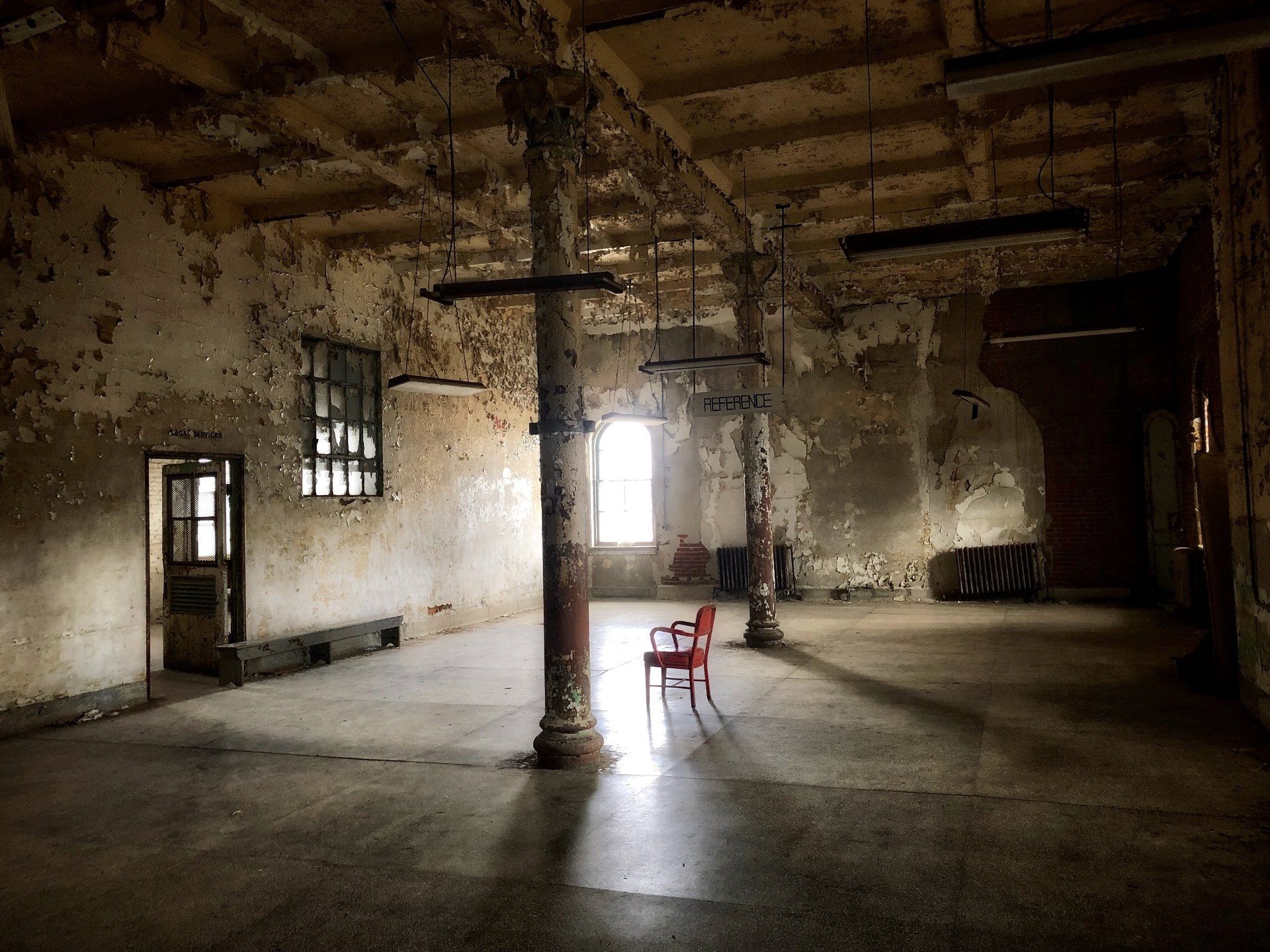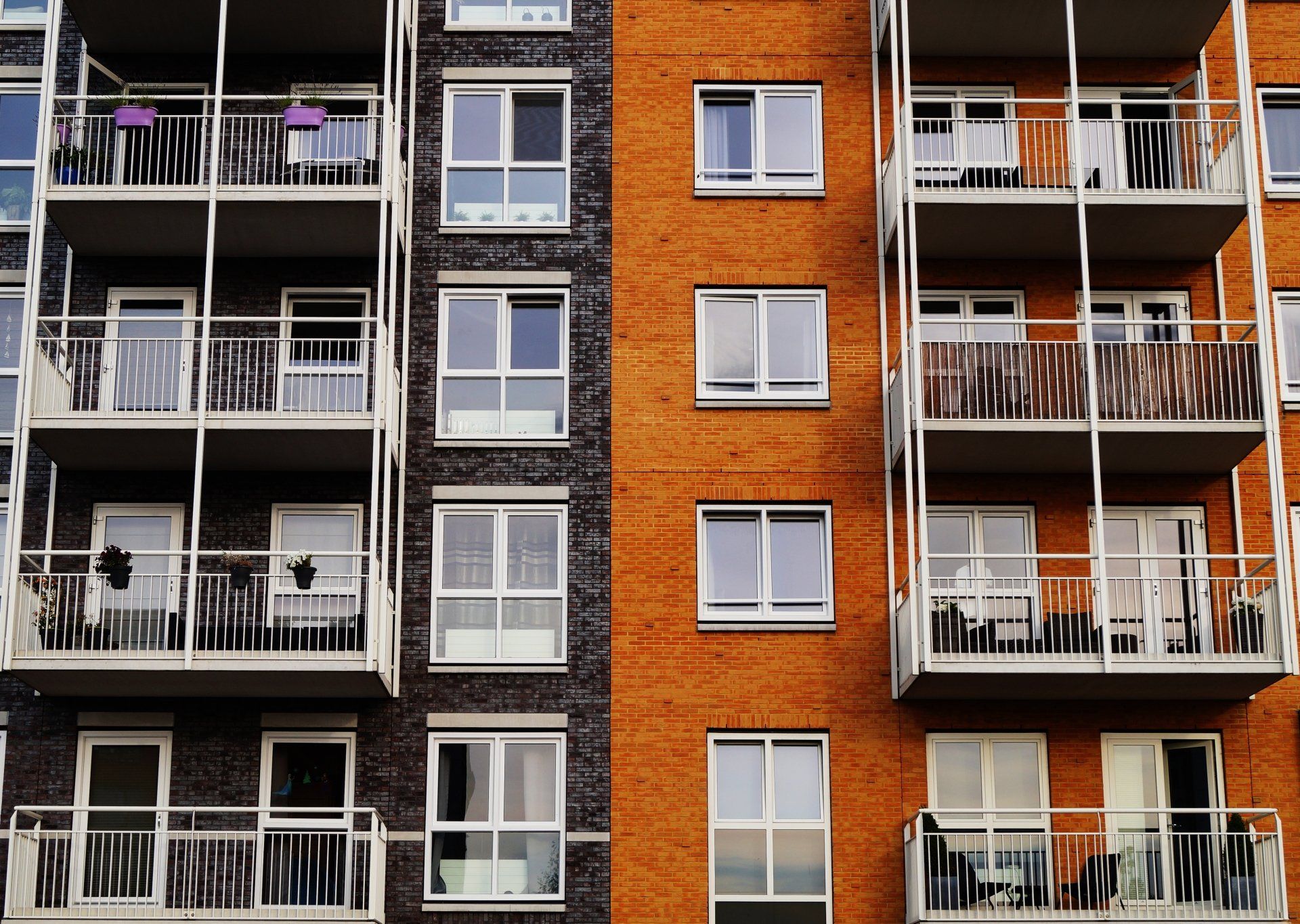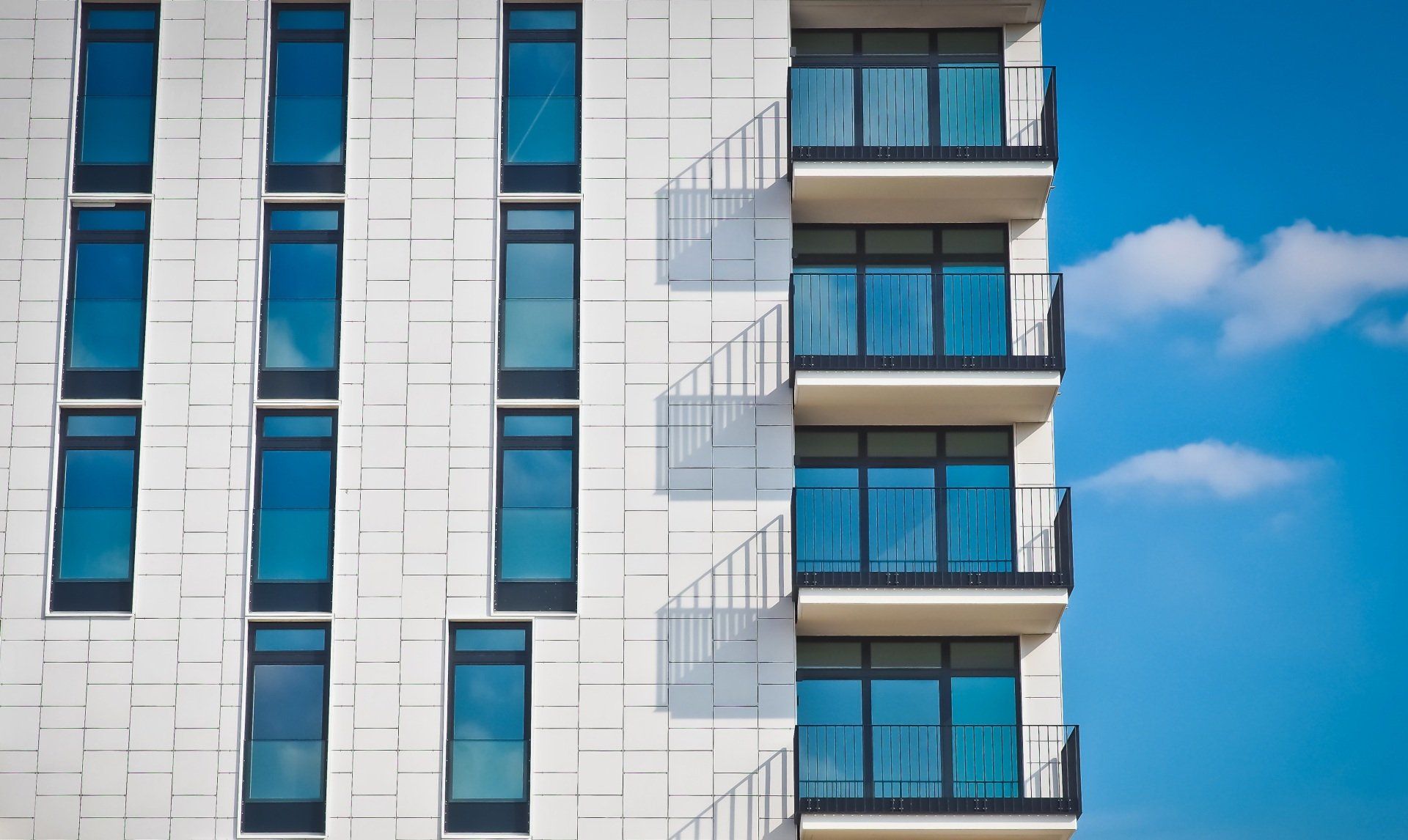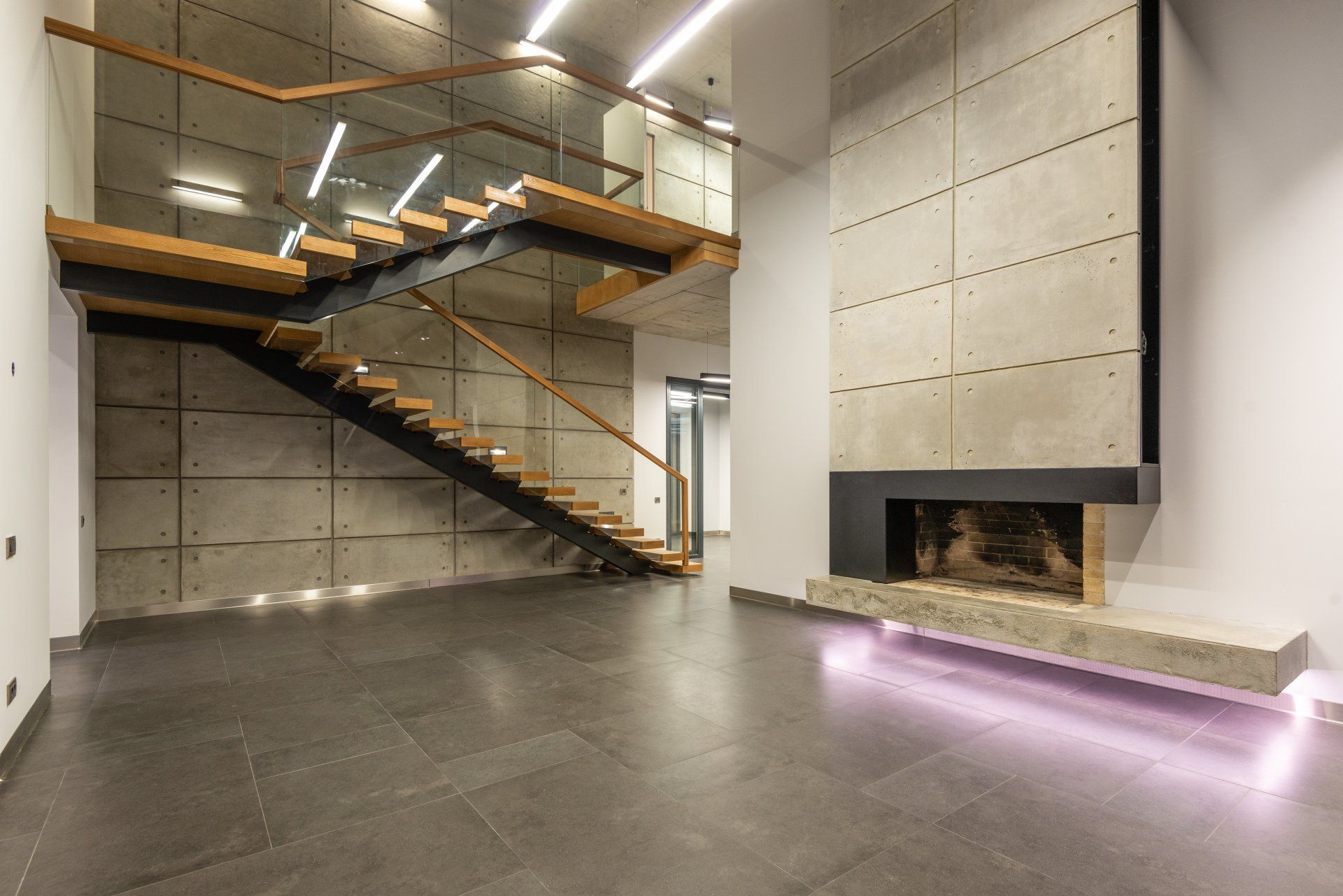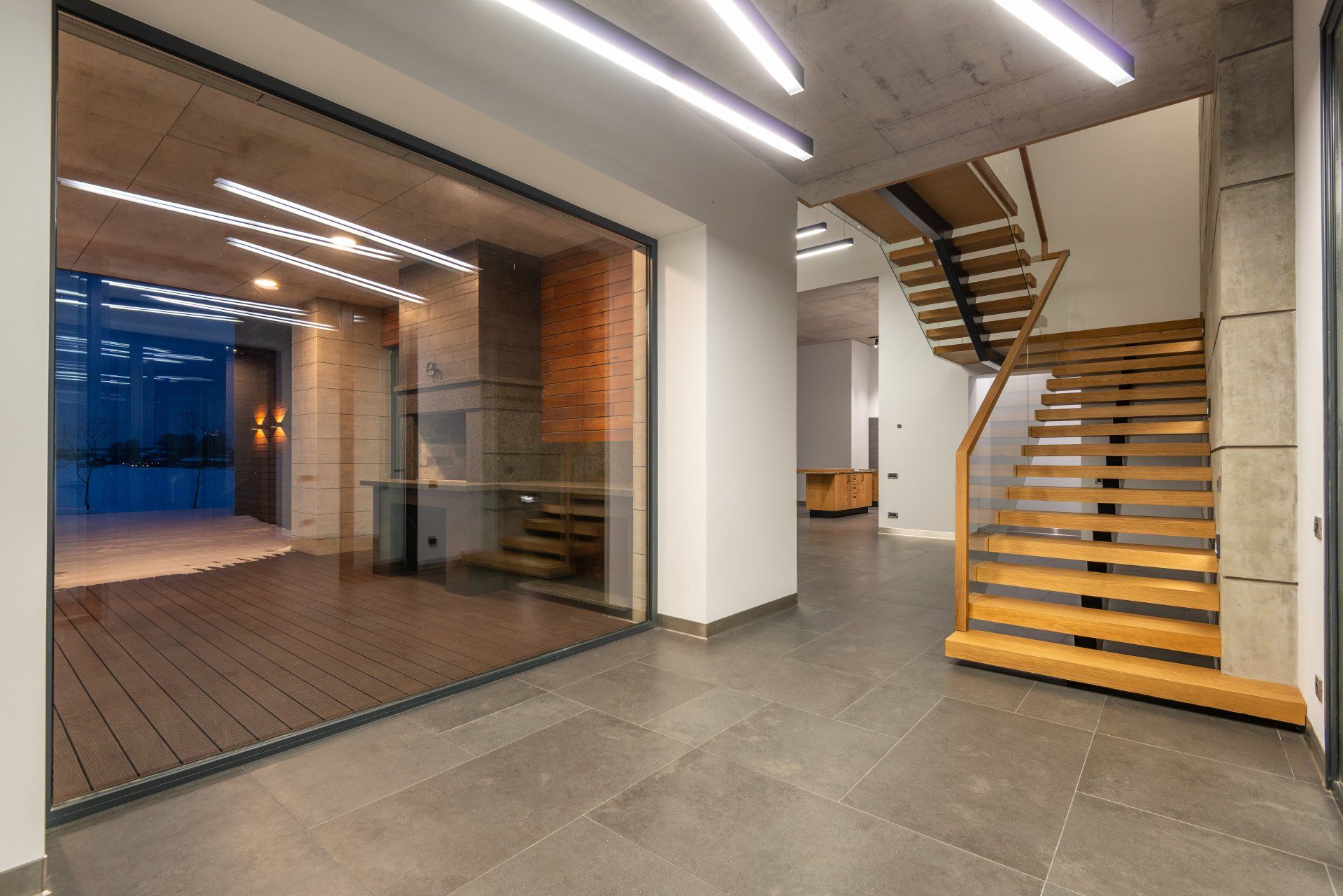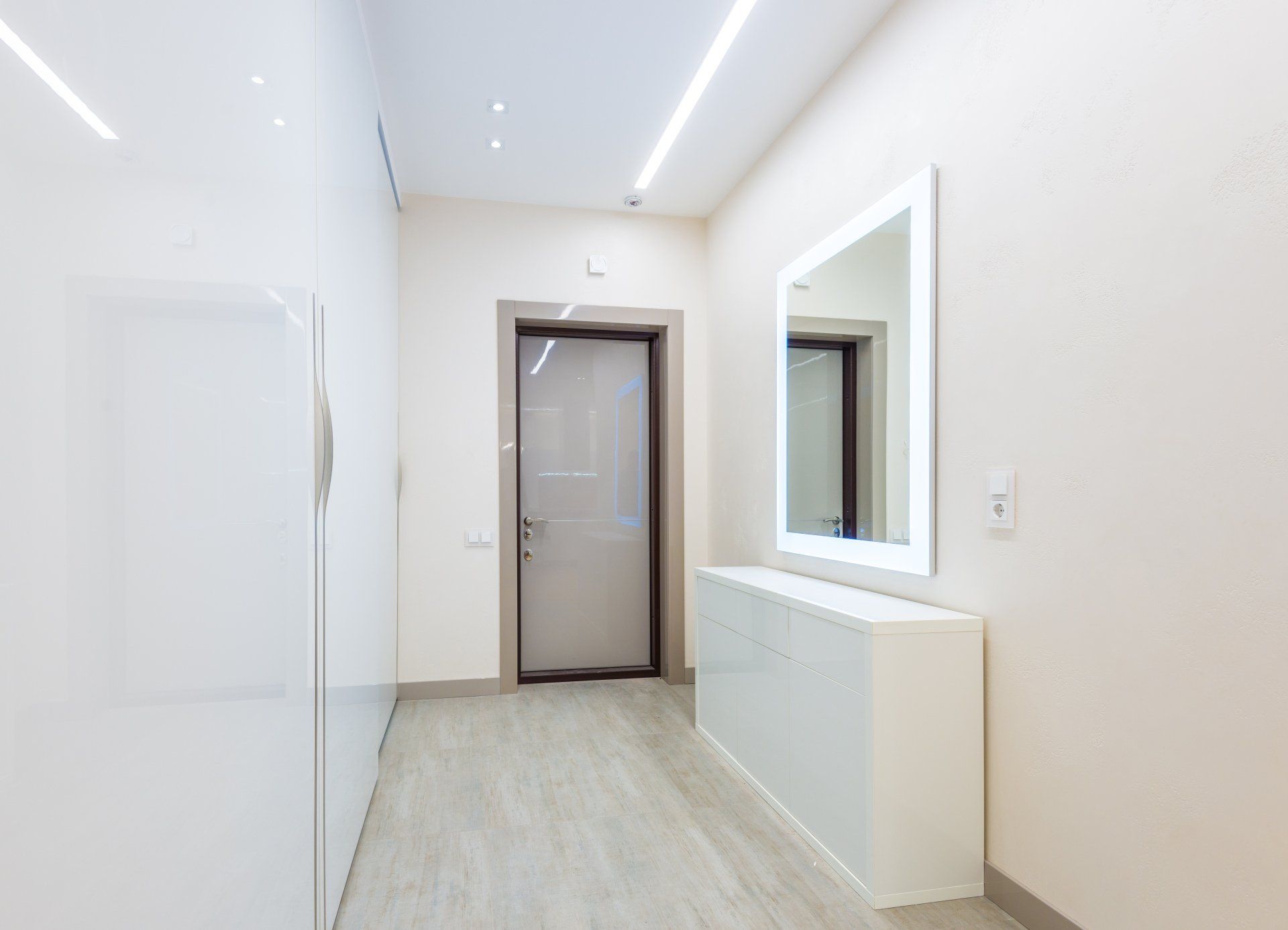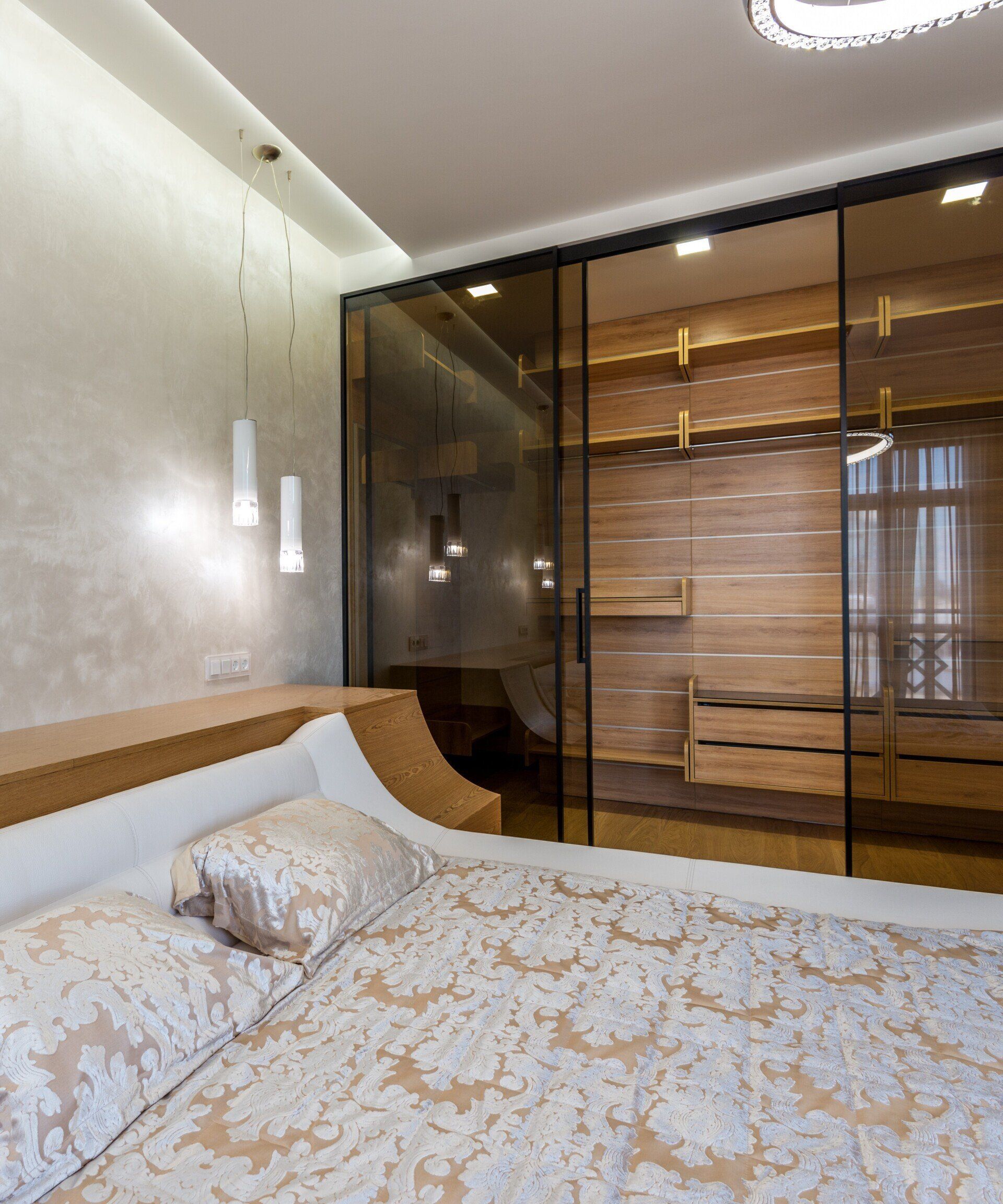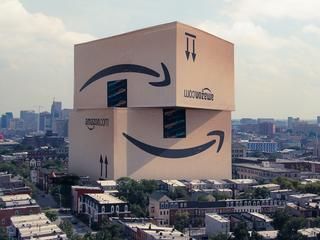Multifamily Residences: The Big Questions.
Property managers are looking to sustainability solutions to find ways to boost tenant satisfaction while also examining the bottom line.
In the rapidly evolving landscape of urban living, the quest for sustainability has taken center stage, particularly in the realm of multi-family housing. Property managers are increasingly finding themselves at the intersection of economic viability and environmental responsibility. One of the critical aspects of this conversation revolves around LED lighting solutions, which promise not only to reduce energy consumption but also to enhance the living quality for tenants. This article delves into the concerns, questions, and opportunities that arise from integrating sustainability into multi-family housing, with a spotlight on LED lighting.
The Push for Sustainability
The concept of sustainability in multi-family housing isn't just a buzzword—it's a necessity driven by increasing environmental awareness, rising energy costs, and the pressing need for energy conservation. Property managers are tasked with balancing the immediate financial investments against long-term savings and environmental impact. However, this balance is fraught with questions: What are the real benefits of moving towards sustainable practices? How does one measure the return on investment when it comes to sustainability?
LED Lighting: A Beacon of Hope?
Enter LED lighting, a technology praised for its low energy consumption and long lifespan. The shift from traditional lighting to LED seems straightforward, yet it raises several questions for property managers. How significant are the energy savings? Can the initial cost of replacing existing lighting systems be justified? Furthermore, does LED lighting enhance the living experience for tenants in a way that justifies the switch?
Financial Implications
The financial aspect is often the first concern. The upfront cost of transitioning to LED lighting can be substantial. However, it's essential to consider the long-term savings. LED lights consume up to 75% less energy than traditional bulbs and last up to 25 times longer. For property managers, this translates into lower utility bills and maintenance costs over time. But how long does it take for these savings to offset the initial investment? And how do these savings stack up against other sustainability initiatives?
Environmental Impact
The environmental benefits of LED lighting are clear: reduced energy consumption leads to lower greenhouse gas emissions. But sustainability is a broad concept that extends beyond just energy efficiency. Property managers must ponder the disposal of old lighting systems and the environmental footprint of manufacturing LED lights. How do these factors weigh against the overall benefits? And how can property managers ensure that their sustainability efforts are holistic and not just focused on one aspect?
Tenant Satisfaction
Ultimately, the success of any initiative in multi-family housing is measured by tenant satisfaction. Here, LED lighting offers several advantages, including better quality light and lower heat output, which can contribute to a more comfortable living environment. But how much value do tenants place on sustainability and energy efficiency? Are they willing to pay a premium for these benefits, and how does this influence occupancy rates and tenant turnover?
Conclusion
The journey towards sustainability in multi-family housing is complex and filled with challenges. Property managers must navigate the financial, environmental, and social implications of their decisions. LED lighting represents a tangible step towards sustainability, but it is only a piece of the puzzle. As the conversation around sustainability evolves, it's crucial for property managers to stay informed, engage with their tenants, and continuously seek out innovative solutions that align economic viability with environmental responsibility.
In exploring the questions and concerns surrounding sustainability and LED lighting, it's evident that there is no one-size-fits-all answer. Each property is unique, and the path to sustainability requires a tailored approach. However, by fostering an open dialogue, conducting thorough cost-benefit analyses, and prioritizing the well-being of tenants and the environment, property managers can navigate the complexities of sustainability and make informed decisions that benefit everyone involved.



